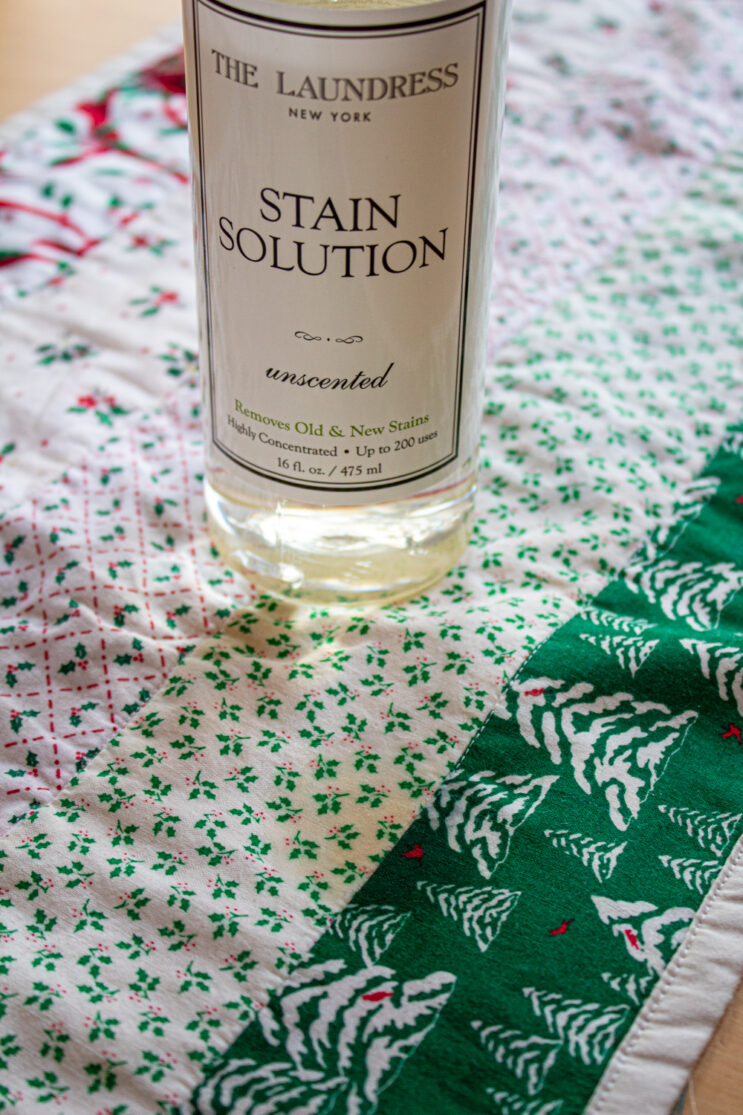It was my birthday last week, and the kids and I had made all kinds of plans. The teenager tipped me off on signing up for birthday freebies, so we had some of those to pick up, and we also thought it might be fun to buy iced coffees and hang out for a while at our favorite indie bookstore. For dinner, a local pizza place gives you your age as a discount on your bill on your birthday, and at 47, I feel like I am finally old enough to really work that discount! Afterwards, Matt said he would set up the projector in the family room so we could all eat cheesecake and watch my favorite movie on a super-sized screen.
But first, the kids had to cool their heels for a couple of hours, because I told them that what I REALLY wanted to do the most on my birthday was sew some new oven mitts!
Our current oven mitts were all old and raggedy, which doesn't actually bother me, but Matt kept somehow grabbing pans with the raggediest part of any given oven mitt and burning himself, which is obviously not an oven mitt success story.
So I found this oven mitt pattern from Suzy Quilts, printed it out, and spent part of my birthday happily sewing away!
The exterior pieces are canvas--a couple of years ago, I got into buying canvas remnants whenever I stopped by Joann's, and for a while I was sewing all kinds of stuff with it, but now it's just sitting in my stash and I'm stoked to have a good use for it!--and cotton batting. I bought a TON of cotton batting yardage online during the Covid lockdowns (just between us, I mathed incorrectly and waaaaay overordered, ahem), and after being used on tons and tons of quilts over the past three years it's finally down to a scrappily remnant amount, as well.
- Follow all the regular steps to cut out the pieces, baste the lining to the fabric, quilt the exterior pieces, sew the two interior pieces together and the two exterior pieces together, and turn the exterior side of the mitt right side out.
- Insert the interior side of the mitt (which should still be inside out) into the exterior mitt. The two parts of the mitt should be wrong sides together.
- Turn the raw edges of both parts to the inside, clip it well with those super handy plastic clips you finally bought yourself after seeing them on Tiktok and wanting them for years--
These oven mitts have been in use for a week now, and we love them! The two layers of canvas, two layers of quilting cotton, and four layers of cotton batting feel like plenty of insulation, and the size works for every hand from the teenager's to Matt's. Even though I don't think we need more than four oven mitts in our rotation, I'm very tempted to make more while I have the canvas and the cotton batting and a pattern I love at my fingertips. I could save a couple each for these kids' future first apartments, and I could put a few in my handmade presents stash, or just set them aside to replace these when they get worn.
Actually, though, our current hot pads are just as old and raggedy, so maybe I should make some new ones to match my new oven mitts!
.jpg)
.jpg)
.jpg)
.jpg)
.jpg)
.jpg)
.jpg)

.jpg)
.jpg)





.jpg)

.jpg)
.jpg)
.jpg)
.jpg)
.jpg)







.jpg)
.jpg)
.jpg)
.jpg)
.jpg)
.jpg)
.jpg)
.jpg)
.jpg)
.jpg)
.jpg)
.jpg)
.jpg)
.jpg)
.jpg)
.jpg)
.jpg)
.jpg)
.jpg)
.jpg)
.jpg)




